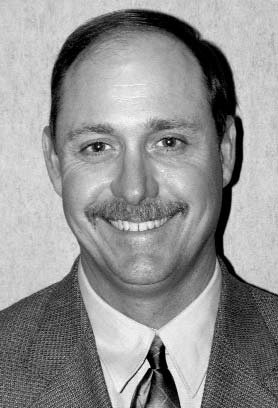We'll go over the variations of golf cart rules you might see posted at your local golf courses, but first, here are a couple reminders of things you should never do in a golf cart:
- Never drive the cart within hazard boundary lines, or within about 10 yards of water hazards or bunkers, or within about 50 yards of greens (unless you're on a designated cart path, of course). These areas are especially susceptible to damage by the wheels of golf carts. Never drive onto or close to tee boxes, either, unless on the cart path.
- Never drive the cart through mud, on or off the fairway.
- Never drive through casual water on any part of the golf course (unless it's a little bit of water over a paved cart path). The wheels of the cart can do serious damage to the turf, including leaving ruts, in wet areas.
- Never go joyriding in the golf cart. In other words, don't act stupid! People do get injured in cart accidents. See golf cart safety for specific suggestions.
Cart Path Only
A "cart-path-only rule" is exactly what it sounds like: Keep your cart on the designated cart path at all times. Don't drive onto the grass.
Over time, golf carts speed up soil compaction, which can lead to less-than-ideal growing conditions for turfgrasses. And that can lead to less-than-ideal fairways for golfers. So even when "cart path only" is not in effect, it's a good idea to keep the cart on the designated path.
But when the rule is in effect, it's a requirement.
When "cart path only" is in effect, drive the cart on the designated path until you are parallel to where your golf ball rests on the course. Stop the cart, get out, pull a couple clubs (so you'll have some options when you reach your ball), and walk out to the ball.
90-Degree Rule In Effect
The "90-degree rule" means that the golf course is allowing carts onto the grass - but only at 90-degree angles from the cart path. In other words, don't drive the golf cart up the middle of the fairway from the tee box to your golf ball. Stay on the cart path until you are level with your golf ball, then make a 90-degreen turn off the cart path and drive straight across to the ball.
The "90-degree rule" minimizes the time a golf cart spends rolling over the grass, while still allowing convenience for golfers.
Cart Path Only on Holes X and X
A course may post signs that designate certain holes off-limits to carts, for example, "Cart path only on No. 4 and No. 16 today." In this situation, the course's regular golf cart rules apply (remember, ask when checking in), but on the specified holes you are required to keep the cart on the designed cart path. The reason is usually moisture on the specified holes - they may be too wet for carts - or ground under repair on the specified holes.
No Carts Beyond This Point
This sign is one you might see in a fairway as you close in on the green. Courses don't want golf carts near the putting green; the "no carts beyond this point" sign makes sure golfers get that message. Even if you are allowed to drive the cart on the fairway, be sure to observe these signs. When you see one, stop and return to the designated cart path before proceeding forward again.
This sign may also come in the form of an arrow pointing toward the cart path. The meaning is the same: Don't take the cart beyond this point on the fairway; go back to the cart path.
So, those are the signs golfers are most likely to see on a golf course regarding cart usage. Observe the signs - and don't forget to ask about golf cart rules when you check in.
A few more bits of golf cart etiquette:
- Always stay on designated cart paths on par-3 holes. Even if the course allows carts onto the fairways on par-4s and par-5s, stay off the grass on par-3s.
- Observe common-sense driving rules, just as you do in your car on the road. Be especially careful at any cart-path intersections and in areas where bottlenecks occur (see golf cart safety for specific safety suggestions).
- If you need to drive the cart quickly around the course (maybe you left a club behind a few holes back, maybe you badly need to find a restroom, etc.), be aware of golfers you are passing by. If a golfer is about to swing or attempt a putt, slow down as you approach and stop the cart until the golfer has completed his or her stroke. Carts are noisy. Be courteous. You wouldn't want someone else making noise during your backswing, don't do it to others with your cart.
- Along the same lines, many golf carts beep when they are in reverse. So if you need to put the cart in reverse, be aware of any golfers close to you and whether they are about to begin a stroke.
- When you finish a hole, walk off the green, get into the cart and move on to the next teeing ground before marking the scorecard. In this way, you won't hold up any group behind you that is waiting for the green to clear.
